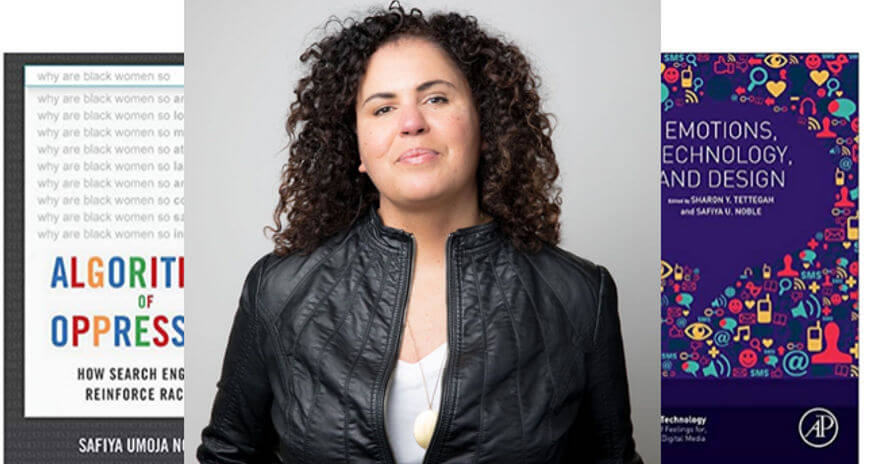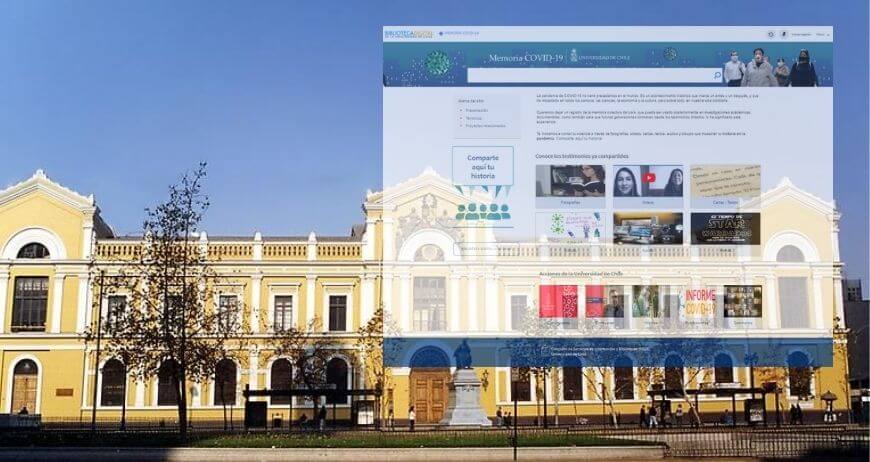This is the first in a 2-part series on open educational resources in higher education.
It is no revelation that the cost of higher education has risen dramatically, particularly in North America. Students are graduating with record levels of debt or not graduating at all.
The cost of textbooks and course materials has risen along with tuition. The U.S. PIRG Education Fund and Student PIRGreports 65% of students decided not to buy a textbook because it was too expensive although they knew it would impact their grade.
To offset these rising costs, many institutions are implementing Open Educational Resource (OER) programs.
What are open educational resources?
“Open educational resources (OER) are any resources available at little or no cost that can be used for teaching, learning, or research.” Educause, 7 Things you should know about Open Education Resources
There are many forms of OER, such as early OER programs like MIT’s OpenCourseWare initiatives which began in 2002, to California State University’s multimedia MERLOT and California’s Cool4Ed resources, to quality free textbooks from OpenStax or OpenSUNY. OER movements and programs are already growing at universities and community colleges around the globe, and schools continue to evolve their use of OER content into developing movements like Z-degrees (degrees where students would pay “Z”ero additional cost for course materials).
OERs save students money but are not free to the institution. Quality OER content takes resources to create and must be maintained with scalable technological infrastructure and skilled staff. Helping instructors discover and adopt OER content for courses also requires effort and investment from instructors and the school. Discussing the sustainability of OERs, Stephen Downes of the National Research Council Canada, outlined nine funding models including the endowment model, donations model, and institutional model.
Saving students money and improving student satisfaction
Tacoma Community College reported on the success of their OER project in 2012 indicating students enrolled in courses using OERs saved an average $116.66 for a collective savings of $293,000. TCC also reported there are early indications that student achievement improved in courses with OER. While there are other variables to consider, OER seems to have a positive impact and growing presence in education.
Maricopa Community College launched the Maricopa Millions project in 2013 with a goal to save students $5 million over five years. To achieve this goal MCC offered low cost or no cost options (such as using OER or library resources) for course materials. The project has made great progress toward its goal saving students $3.4 million, so far.
OER programs are making community college education more affordable and accessible. Watch for the next installment in this series focused on universities.
This post was originally published on the ProQuest Blog
You might also be interested in

COVID-19
Librarianship
April 28, 2021 |
11 min read
Trends in Physical and Electronic Resource Usage in U.S. Academic Libraries

COVID-19
Librarianship
April 09, 2021 |
5 min read
National Library Week: Recognizing Libraries as a Reliable and Resilient Force

Alma
Librarianship
April 06, 2021 |
6 min read
Centralizing, Optimizing and Cutting Costs
Great library experiences start with software
Download whitepaper

Alma
Librarianship
March 09, 2021 |
7 min read
Finding the Best Integrated Library System for Small and Medium Library Collections and Management

Alma
Librarianship
February 16, 2021 |
6 min read
A Small Library Staff Can Do Much More Than You Think

Alma
Librarianship
November 11, 2020 |
5 min read
The Big Challenges of Small Libraries

Community
Librarianship
October 14, 2020 |
3 min read
Diversity, Equity and Inclusion: Dr. Safiya Umoja Noble Chats with Ex Libris

Alma
Primo
Community
COVID-19
Librarianship
August 13, 2020 |
2 min read
A Unique Approach to Memorializing 
